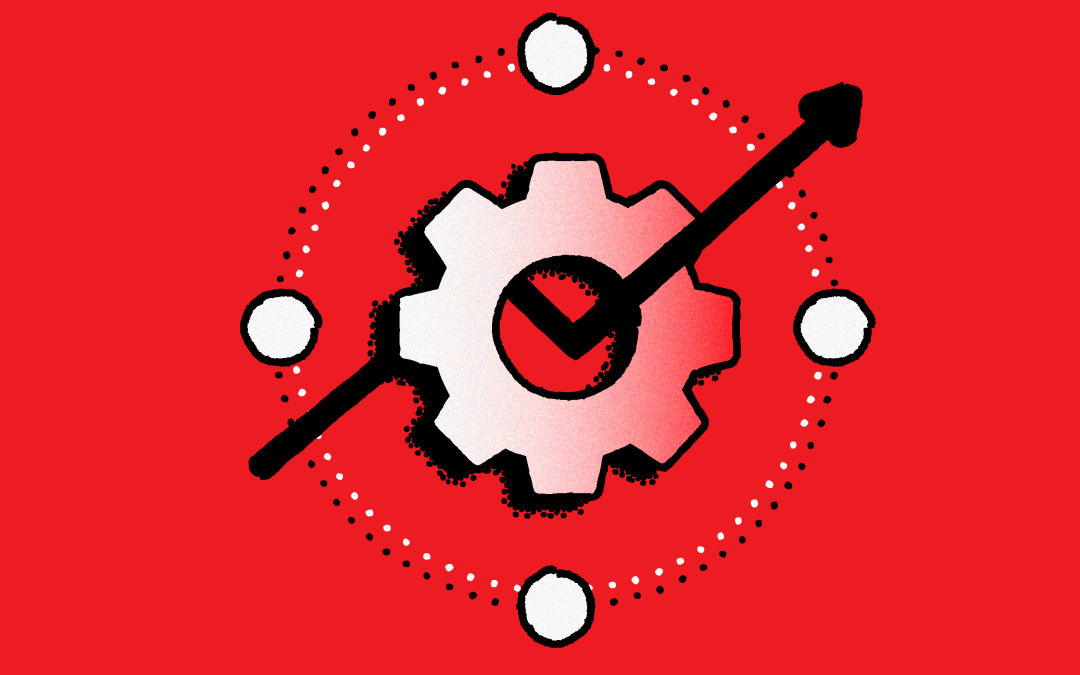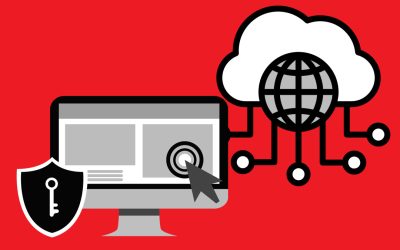Supply chain intelligence (SCI) is the ability to collect, analyze, and share data about suppliers and their suppliers, in order to identify and mitigate risks. This is especially important from a cybersecurity perspective, as supply chain attacks are becoming increasingly common and sophisticated.
Real-World Examples of Supply Chain Attacks
In recent years, there have been a number of high-profile supply chain attacks, including the SolarWinds hack and the Kaseya ransomware attack. These attacks have shown that organizations of all sizes are at risk of supply chain attacks and that the consequences of these attacks can be serious.
How SCI Can Help Prevent Supply Chain Attacks
SCI can help organizations to prevent supply chain attacks by:
- Identifying risks: SCI can help organizations to identify and assess risks associated with their suppliers. This includes understanding the suppliers’ security posture, their relationships with other suppliers, and their exposure to known vulnerabilities.
- Monitoring 3rd Party Technologies and Vendors: SCI can be used to monitor suppliers’ security posture and identify any changes that could indicate increased risk. This can be done through a variety of methods, such as security audits, penetration testing, and continuous monitoring of supplier networks.
- Sharing intelligence: SCI can be used to share intelligence about suppliers with other organizations. This can help to identify and mitigate risks that may not be apparent to any one organization on its own.
Real-World Examples
There are a number of real-world examples of how SCI has been used to prevent supply chain attacks. For example, in 2022, Microsoft used SCI to identify and mitigate a supply chain attack targeting its customers. The attackers were attempting to exploit a vulnerability in a third-party software product that was used by many Microsoft customers. Microsoft was able to identify the vulnerability and notify its customers before the attackers could exploit it.
Another example of SCI success comes from the US government. In 2021, the US Cybersecurity and Infrastructure Security Agency (CISA) launched a program called the Supply Chain Risk Management (SCRM) Framework. The SCRM Framework is a set of guidelines and resources that organizations can use to assess and mitigate supply chain risks.
Banking and Finance
- JPMorgan Chase uses SCI to monitor its suppliers for security risks and to detect fraudulent activity. In 2021, JPMorgan Chase used SCI to identify a supplier that was involved in a money laundering scheme. JPMorgan Chase was able to take steps to mitigate the risk to its own business and its customers.
Retail
- In 2013, Target Corporation faced a massive data breach that affected millions of customers. However, Target’s response to the incident serves as a success story in supply chain resilience. The company invested heavily in revamping its cybersecurity infrastructure and implemented stringent measures to enhance supply chain security. By learning from their mistakes and actively fortifying their defenses, Target emerged from the incident stronger and more resilient.
Software as a Service (SaaS)
- While the SolarWinds supply chain attack was a significant incident, it also showcased success in incident response. Organizations affected by the attack, such as FireEye, demonstrated the importance of transparency and collaboration. FireEye promptly disclosed the breach, shared valuable threat intelligence, and worked collaboratively with the cybersecurity community to develop countermeasures. This collaborative approach became a success story in turning a crisis into an opportunity for collective learning and improvement.
Cybersecurity Best Practices for Supply Chain Management
In addition to using SCI, there are a number of other cybersecurity best practices that organizations can follow to manage supply chain risks:
- Implement a secure software development lifecycle (SDLC): The SDLC is a process for developing and deploying software securely. Organizations should implement a secure SDLC to ensure that their own software products are not vulnerable to attack.
- Use a secure bill of materials (BOM): A BOM is a list of all the components that make up a software product. Organizations should maintain a secure BOM to track the suppliers of all components and identify any known vulnerabilities.
- Monitor software updates for vulnerabilities: Organizations should monitor software updates for known vulnerabilities and install updates promptly.
- Implement security controls for supplier access: Organizations should implement security controls to restrict supplier access to their networks and systems. This may include using multi-factor authentication and least privilege access.
Conclusion
SCI is a powerful tool that can help organizations to prevent supply chain attacks. By collecting, analyzing, and sharing data about suppliers, organizations can identify and mitigate risks. In addition to using SCI, organizations should also implement other cybersecurity best practices, such as a secure SDLC, secure BOM, and security controls for supplier access.
These real-world examples and success stories, coupled with the key benefits of cybersecurity supply chain intelligence, illustrate the critical importance of proactively securing the supply chain. Organizations that actively invest in supply chain security, learn from incidents, and collaborate with the broader community emerge as success stories. By celebrating these triumphs and implementing robust supply chain security measures, businesses can fortify their cybersecurity defenses, ensuring resilience against the ever-evolving threat landscape.
About IPV Network
Since 2016, IPV Network has been a trusted partner of leading enterprises in the Philippines. It brings the best-of-breed cybersecurity solutions. IPV network helps businesses identify, protect, detect, respond, and recover from cyber threats. IPV Network is DICT certified to conduct vulnerability assessment and penetration testing (VAPT) to evaluate cyber systems. Email us at [email protected] or call (02) 8564 0626 to get your FREE cybersecurity posture assessment!
Sources:
https://www.ncsc.govt.nz/assets/NCSC-Documents/NCSC-Supply-Chain-Cyber-Security.pdf
https://www.cardconnect.com/launchpointe/payment-trends/target-data-breach/
https://www.theregister.com/2022/06/09/microsoft_supply_chain_attacks/
https://www.cisa.gov/resources-tools/resources/defending-against-software-supply-chain-attacks
https://www.csoonline.com/article/570537/the-solarwinds-hack-timeline-who-knew-what-and-when.html
https://www.jpmorgan.com/insights/fraud/fraud-protection/how-to-spot-and-stop-fraud-and-imposter-scams



